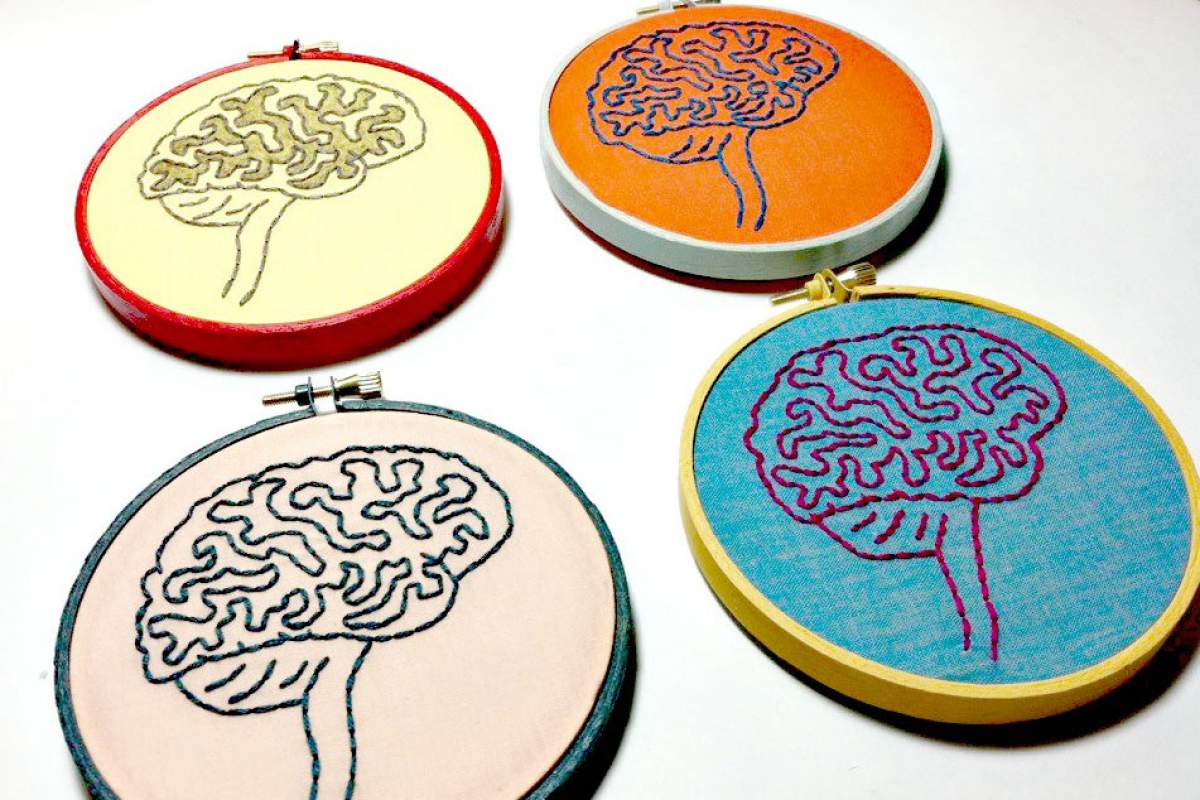
When cells divide to create copies of themselves or to make sperm and eggs, there is always a chance of genetic error. Gene duplication, when a regular gene is copied twice, is one of those mishaps.
Gene duplication is usually detrimental and can lead to deformation and death if not caught by the cell's repair machinery. But in rare instances, it may also be evolutionarily important.
Brain Matters
Scientists researching genes important in brain development believe they have found duplication errors that reveal how the human brain increased in size during evolutionary history. While studying SRGAP2, a gene linked to epileptic seizures, scientists found that the gene had not only duplicated once, but a number of times throughout human lineage.
Analysis of the SRGAP2 genes determined that duplications occurred 3.4 and 2.4 million years ago, during which time chimp‑like ancestors were evolving into the first pre‑humans and human‑like ancestors.
Mutant Mice
To test the function of the duplicated genes, scientists inserted human copies into mice. The mice didn't grow larger brains, but their brain cells looked more like human cells with thicker, longer and more numerous spines to connect with other neurons. The neurons also grew more quickly, suggesting they could migrate farther during development and enable the brain to become larger.
About 30 genes have undergone gene duplication since humans and chimps diverged from a common ancestor about six million years ago. Many of these genes control brain development. Researchers suspect that gene duplication is the key to unlocking the mysteries surrounding human brain evolution.
This just goes to show, genius sometimes come from our biggest mistakes.









